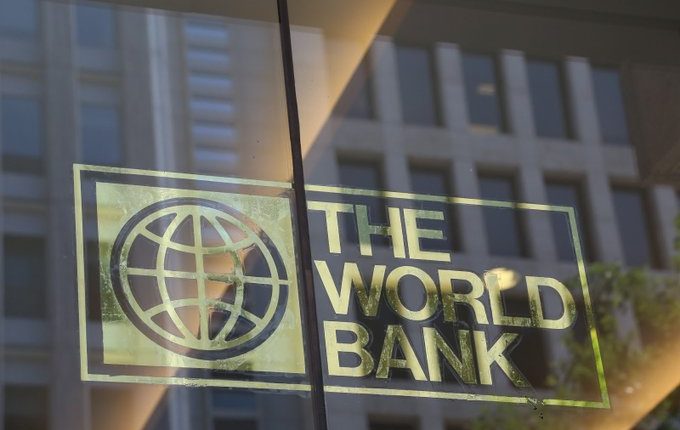BEIJING — After a strong start in early 2022, multiple outbreaks of the Omicron variant of COVID-19 and resulting mobility restrictions have disrupted China’s growth normalization, according to Between Shocks and Stimulus, the latest China Economic Update released today by the World Bank. Economic growth in China is projected to slow to 4.3 percent in 2022 before rebounding to 5.2 percent in 2023, largely reflecting the economic damage caused by the persistence of COVID-19.
Investment growth, driven by infrastructure investment, is projected to accelerate this year helped by a large fiscal stimulus, partly offsetting weakness in real consumption growth, which has suffered from subdued consumer confidence in addition to the resurgence of COVID-19 and associated mobility restrictions. Given the projected sharp slowdown in global growth, net exports are expected to play a negligible role in supporting economic activity.
Risks to China’s growth outlook are unevenly balanced and downside risks prevail. Economic disruptions due to strict COVID-related mobility restrictions across major cities and provinces pose a key downside risk and could further postpone the already delayed recovery of consumption and services, discourage private investment, disrupt trade flows, and reduce growth. Risks could also emanate from persistent stress in the real estate sector, which could trigger wider macroeconomic and financial repercussions. On the upside, if COVID-19 is controlled effectively with fewer restrictions, growth for the full year could be higher than currently projected thanks to the recently announced additional stimulus measures.
“In the short term, China faces the dual challenge of balancing COVID-19 mitigation with supporting economic growth,” said Martin Raiser, World Bank Country Director for China, Mongolia and Korea. “While the government has stepped up macroeconomic policy easing, the dilemma facing decision-makers is how to make the policy stimulus effective, as long as mobility restrictions persist.”
Over the medium term, there is a danger that China will remain tied to the old playbook of stimulus-led investment to boost economic growth, according to the report.
“High levels of indebtedness of corporates and local governments limit the effectiveness of policy easing and store up further risks down the line,” said Ibrahim Chowdhury, World Bank Senior Economist for China.
The report stresses that structural reforms to encourage a shift towards consumption, address social inequality, and rekindle innovation and productivity growth – including in technologies vital for China’s dual carbon goals – would help achieve a more balanced, inclusive, and sustainable growth trajectory for China.


Comments are closed.